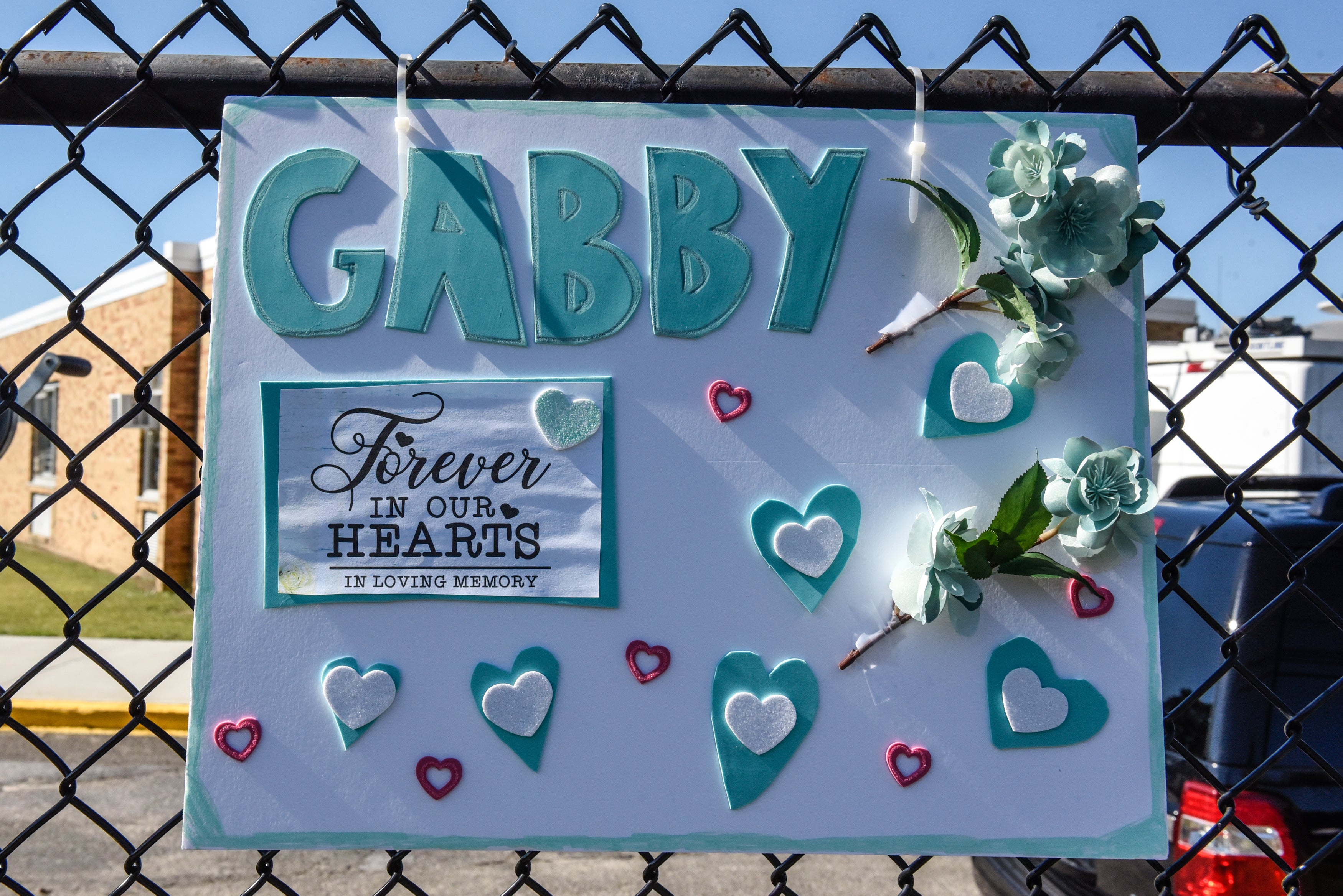The coroner’s correct. It was a media circus. But without the coverage it’s unlikely Gabby Petito’s body would have been found in just 8 days
We need to tell everybody’s stories, not just one type of person or group or race, Andrew Buncombe is told


Your support helps us to tell the story
From reproductive rights to climate change to Big Tech, The Independent is on the ground when the story is developing. Whether it's investigating the financials of Elon Musk's pro-Trump PAC or producing our latest documentary, 'The A Word', which shines a light on the American women fighting for reproductive rights, we know how important it is to parse out the facts from the messaging.
At such a critical moment in US history, we need reporters on the ground. Your donation allows us to keep sending journalists to speak to both sides of the story.
The Independent is trusted by Americans across the entire political spectrum. And unlike many other quality news outlets, we choose not to lock Americans out of our reporting and analysis with paywalls. We believe quality journalism should be available to everyone, paid for by those who can afford it.
Your support makes all the difference.Coroner Dr Brent Blue did not seem best pleased when he was asked about the challenges of doing his job in the glare of intense media attention.
“Well, it was quite the media circus and continues to be,” said the Teton County official, as he announced that an autopsy examination had concluded Gabby Petito had been strangled to death, even as the search for her missing boyfriend continued
He added: “This is only one of many deaths around the country, of people who are involved in domestic violence. And it’s unfortunate these other deaths did not get as much coverage as this one.”
The coroner is, of course, entirely correct. The rolling, round-the-clock media coverage devoted to the case of the 22-year-old who went missing while on a cross-country trip with her boyfriend, has at times felt like a circus.
The interest over every aspect of the case, be it the reported sightings of the young woman’s boyfriend, Brian Laundrie, or the reaction from the families to each development, has been obsessive.
Back in 2004, the Black broadcaster Gwen Ifill coined the phrase “missing white woman syndrome”, to sum up the media’s frequent exhaustive coverage of cases of young women who disappear, that never appears to take hold when that missing woman is Black or Latina or Native American.
We know too, that women of colour, especially Indigenous women, go missing and suffer violence at a far higher rate than white women.
Just in the state of Wyoming, where Petito was found last month, at a campsite 20 miles north of Jackson, a 2019 study said at least 710 Native Americans had gone missing between 2011 to 2020,
The same report, by the Missing and Murdered Indigenous People Task Force, said even though Native Americans account for less than three per cent of the state’s population, they made up 21 per cent of homicide victims.
And so the coroner hit it on the head when he said those missing people deserved the same media attention that Gabby Petito’s family were able to generate for their missing daughter.
“I’m assuming that because the vicim was a blogger that this received more coverage than others, but there are a lot of both men and women who have lost their lives that aren’t covered with this kind of media attention,” said the coroner.
Perhaps. I suspect the truth is probably closer to the point made by the late Ifill, when she pointed to the primacy given to stories by the media industry about white people.
As the protests for racial justice that followed the murder last year of George Floyd reminded us, the United States is a deeply unequal place. And structural racism remains cemented.
This certainly includes the media, where for for too long, there have been too many Dan Rathers and not even Gwen Ifills. We need more journalists of colour, more Black editors, more Latino editors-in-chief. We need Native American journalists who are empowered to tell their stories too.
Only that way will things start to change. And it is essential they do change.
Because one point, ignored by the coroner, but not by Petito’s family or the police or the FBI, is that without the massive media coverage, it is very unlikely that the young woman’s remains would have been found within just eight days.
That point was underscored by Cara Chambers, chair of the Wyoming taskforce when The Independent interviewed her about the double standards in the media’s coverage of missing people.
“Was I surprised by the amount of coverage Gabby Petito got? No, I was not,” she said. “Because, we know this is what the media does. She’s a beautiful young woman … And the amount of media attention did help us to recover her body very quickly.”
She added: “What I have been pleasantly surprised by is this pivot, with people saying ‘Hey, we seem to pay a lot of attention when blonde, blue-eyed young women go missing, but why not when there are brown-haired, brown eyed indigenous people who go missing’. That’s a pleasant surprise for someone who leads this task force.”
Ashley Heavyrunner Loring, 20, went missing in the summer of 2017. Her older sister, Kimberly Loring, is still trying to find out what happened to her after she was last seen alive in north-west Montana.
She has been trying to use the attention sparked by the search for Petito, and the attendant question of why missing Indigenous woman do not receive such coverage, to uncover any clues.
“We need to tell everybody’s stories,” she said from her home in Portland, Oregon. “Not just one type of person or group or race.”
Join our commenting forum
Join thought-provoking conversations, follow other Independent readers and see their replies
41Comments